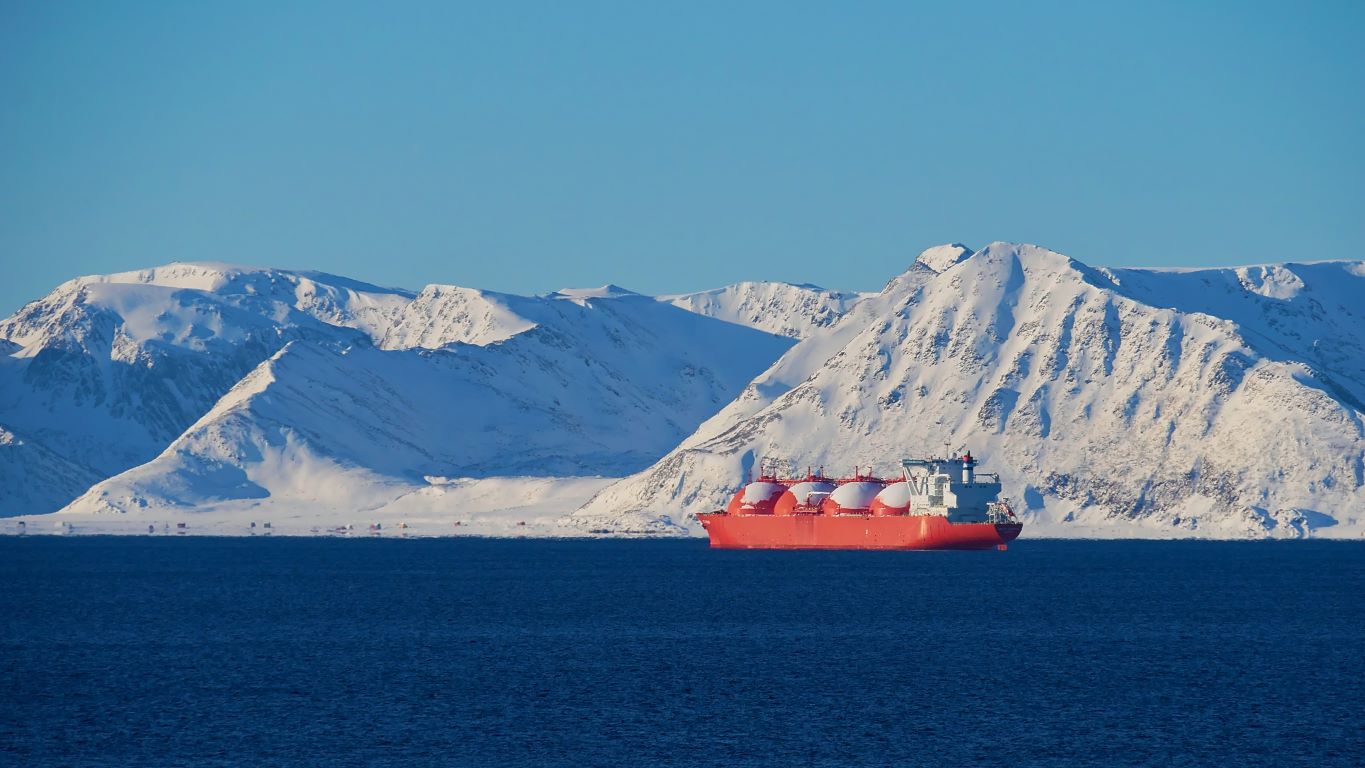Table of Contents
Global LNG trade increased by 6.8% from 2021 to 2022, reaching approximately 401.5 million tonnes (mt). The pipeline gas supply shock from the Russia-Ukraine war led to increased LNG demand in Europe, rising prices and diverting additional cargo from Asia to Europe, according to the International Gas Union’s (ICU) LNG report. The natural gas markets gradually rebalanced in 2023 despite tighter supply fundamentals. Reduced demand in Europe and mature markets in Asia softened the impact of the 2022 gas supply shock. The surge in LNG imports in 2022 was mainly driven by Europe, which saw a significant annual increase of 50.4mt, a 66% increase compared with 2021, according to GlobalData. Meanwhile, Asia-Pacific remained the top region for LNG imports, bringing in 160.9mt in 2022, marking a 4.6mt increase from the previous year, according to the ICU. However, the LNG industry has recently faced several issues due to geopolitical factors, slower global gas demand, recovery from the Covid-19 pandemic and volatile prices. Geopolitical uncertainties pose the greatest risk to global gas markets in 2024, according to the International Energy Agency’s (IEA) latest Gas Market Report. The report shows that global gas demand will grow by 2.5%, or 100 billion cubic metres (bcm) in 2024. Global demand for natural gas increased by only 0.5% in 2023, with growth in China, North America and gas-rich countries in Africa and the Middle East partially offset by declines in other regions. The IEA has stated that due to the tight supply expected in 2024, there will be a limited increase in global LNG output, which will restrain demand growth, particularly in Europe and the mature markets of Asia. The global LNG industry has experienced significant shifts in demand and supply dynamics due to geopolitical tensions, as well as market uncertainties. While the LNG market has gradually rebalanced in 2023, geopolitical factors continue to pose risks and challenges for the industry in 2024.




